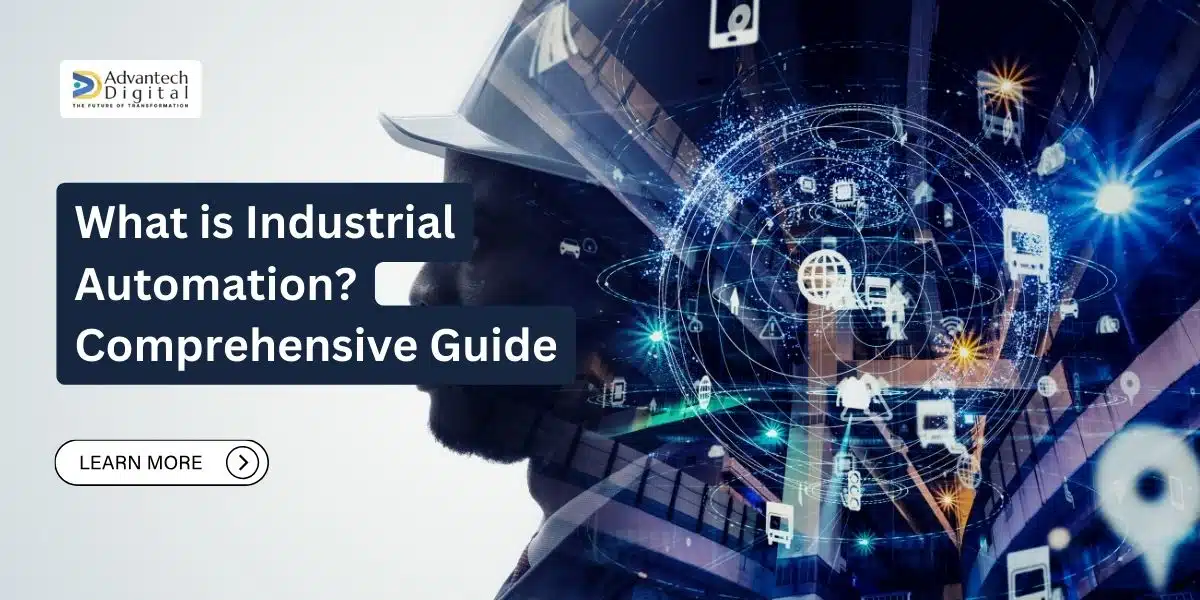Key Drivers of Digital Transformation in Business
The word “digital transformation” has become widespread in business, indicating a major change in operations and client engagement. Digital transformation is driven by many factors that encourage companies to adopt new technology and tactics. Due to technological advances, changing consumer expectations, and competitive pressures, businesses must evolve to stay agile and relevant in a digital environment. This paradigm shift emphasizes the need for enterprises to use digital tools and data-driven insights to improve operational efficiency, process optimization, and customer experience. Organizations must adapt to remain competitive as technological breakthroughs continue to evolve. Customers want flawless digital experiences across all touchpoints. Businesses respond by enhancing their digital capabilities to satisfy changing needs. Market dynamics require agility and flexibility to navigate changing terrain efficiently. Data proliferation fuels insights and creativity, propelling transformational endeavors forward. Regulatory requirements necessitate compliance and adoption of digital best practices. Competitive pressures drive organizations to innovate and differentiate themselves in the digital space. Leadership vision and commitment establish the tone for organizational change and investment. Employee skills and engagement are critical to successful digital transformation initiatives. Collaboration and collaboration promote ecosystem development and collaborative creativity. Collectively, these drives propel enterprises toward digital transformation, allowing them to thrive in an increasingly digital world. Key Takeaways: Technological advancements allow Organizations to innovate, streamline processes, and enhance customer experiences. Organizations must adapt to evolving consumer expectations to remain competitive in the digital landscape. In dynamic markets, businesses must embrace digital transformation to differentiate themselves, stay ahead of rivals, and remain relevant. Providing actionable insights that inform strategy, personalize experiences, and drive innovation, data plays a crucial role in digital transformation. Developing an environment of innovation and adaptability within the workforce is essential to successful digital transformation. Technological Advancements as a Drive: Technological breakthroughs serve as the motor. This revolution significantly reshapes how organizations function and connect with their consumers. There has been a paradigm shift in organizations’ capabilities and tactics due to the rapid expansion and convergence of ground-breaking technologies such as artificial intelligence (AI), machine learning, the Internet of Things (IoT), and cloud computing. Artificial Intelligence (AI): Artificial intelligence (AI) is the foundation of digital transformation, and it is transforming corporate operations through its capacity to analyze enormous datasets, automate jobs, and provide predictive insights. Machine learning algorithms are the driving force behind intelligent systems that can comprehend natural language, identify patterns, and continuously learn from data. AI-driven solutions improve customer interactions by enabling conversational chatbots, personalized recommendations, and dynamic pricing methods. It ultimately results in an improvement in the overall customer experience. Artificial Intelligence Transforms Industries: Artificial intelligence (AI) transforms industries by automating processes and increasing efficiency. Companies across industries use AI-powered solutions to analyze massive volumes of data, derive meaningful insights, and optimize operations. AI helps healthcare professionals diagnose diseases, forecast patient outcomes, and develop novel treatments. In finance, AI systems evaluate market trends, detect fraud, and tailor financial services to individual needs. AI-powered robots automate manufacturing production lines, increasing productivity and quality assurance. Furthermore, by providing tailored interactions and streamlining service delivery, AI powers virtual assistants, chatbots, and recommendation systems. AI Innovation Drives Technological Breakthroughs: AI innovation drives technical advances and pushes the limits of what is possible. Robots can now perform increasingly complex tasks with the help of improved algorithms and models developed by researchers. With machine learning, NLP, and vision, self-driving cars, tailored treatment, and natural language processing are now possible. Furthermore, AI-driven innovations create unique products and services that meet changing consumer wants and preferences. As artificial intelligence technologies advance, organizations can innovate, adapt, and remain competitive in a quickly changing digital market. AI Ethics and Morality in Technological Development: Technology development must ensure AI ethics and accountability. In addition, it ensures the ethical and responsible deployment of AI systems. As AI becomes more widely used, issues regarding data privacy, prejudice, and responsibility arise. Organizations must prioritize ethical AI practices, considering the societal impact of their technologies and adopting controls to prevent exploitation. Businesses can foster a more sustainable and inclusive digital future by adhering to ethical norms and promoting responsible AI development. Internet of Things (IoT): A new era of data-driven decision-making and operational efficiency has begun due to the proliferation of linked devices inside the Internet of Things (IoT) ecosystem. Incorporating Internet of Things sensors into physical assets, machinery, and infrastructure generates a constant stream of real-time data. This data allows businesses to monitor performance, anticipate maintenance requirements, and maximize resource use. Interconnection and Data Exchange: The Internet of Things allows gadgets to exchange data and cooperate in real time. This data sharing allows firms to make more informed decisions, optimize processes, and adapt quickly to changing market needs. Innovative and Smart Solutions: IoT promotes innovation by allowing the creation of smart products and services that increase convenience and quality of life. IoT applications continue to grow, transforming the world into more connected and efficient. Security and Privacy Challenges: However, besides its benefits, the Internet of Things brings concerns regarding security and privacy. With the rise of connected devices, safeguarding data security and privacy is critical to preventing cyber threats and illegal access. As IoT evolves, resolving these difficulties will be critical to realizing its full potential and building confidence among users and stakeholders. To summarize, the Internet of Things (IoT) accelerates technological breakthroughs by promoting interconnection, creativity, and efficiency across industries while posing security and privacy risks that must be carefully considered and mitigated. Cloud Computing: Cloud computing has emerged as a fundamental component of digital transformation initiatives. It offers businesses scalable and on-demand access to computer resources, storage, and apps. Cloud-based platforms provide unprecedented agility, enabling enterprises to swiftly create, scale, and manage their information technology infrastructure without subjecting themselves to the limits of physical hardware. Furthermore, cloud services enable seamless communication, data sharing, and remote access, which enables geographically distributed teams to communicate in real-time and foster innovation across organizational boundaries inside the enterprise. In essence, technological innovations allow organizations to reinvent established processes, discover new sources of … Read more







